By Nancy Ohnick
Since working on the Meade County Performing Arts Council these last couple of years I have become very interested in opera houses, and in particular the opera houses of Meade County. Ironically, I was approached earlier this year about publishing a book by Jane Rhodes entitled “The Opera Houses of Kansas,” a project I eagerly accepted.
When talking about our Opera House project, the reaction I have received from the citizens of the county are mixed. Some are delighted that we want to preserve some of our history and others seem to think that the term “opera house” indicates a place where only stuffy classical music will be performed. I don’t know why they used that term in the beginning, but I do know that the performances historically held in the opera houses in Meade County were far from stuffy.
In the 1880’s theaters such as this sprang up all over Kansas. Think for a moment about not having television, radio, or movies. This was the source of entertainment in an era when a trip to Fowler from Meade would have taken an hour and a half at a trot on a good horse. Everything was local in those days and for a town to have an opera house was an essential “quality of life” element.
Meade's first Opera House was built in 1885. The September 24, 1885, Meade Center Press proudly announced that on October first, "will occur the grandest event that ever has occurred in the history of Meade County." The event was the opening of the Meade Center Opera House. While the newspaper article did not provide a description of the facility, a detailed account of the day's events was listed. The morning festivities began at 10 a.m. with "good speaking by the best orators that can be secured." Dinner was at 1 o'clock p.m., on the public square. Readers were urged to "bring in bread, pies, and anything you have to spare." Prizes were offered for sack races and foot races and the day was concluded with a grand opening ball at the new hall and supper at 12 o'clock a.m.
J.N. Whipple was on the refreshment committee for the grand opening of the Opera House, which (we think) was located on the second floor of a building on Carthage Street. (J.N. Whipple was the popular Meade merchant who later married Eva Dalton and built the house for her that is now known as the Dalton Gang Hideout.)
H. B. Phelps purchased lots on North Fowler Street in 1907, and built the Opera House building that still stands today. Irene Lemaster found several mentions of this event in the archives of the Meade Globe. Mr. Phelps bought the property with the intention of building an opera house and making a business of it. Work began in February, 1907, on a large stone building 50 x100 feet with a 20 foot ceiling. The seating capacity was estimated at 1500, and the stage was to be the largest west of Hutchinson and of such quality as to “accommodate any traveling company.” The grand opening was on September 15, 1907, with “the grandest ball ever held in the city.”
These troupes might have played at all three towns in Meade County, traveling from one to the other. Ira Salmon tells me that Fowler had an opera house, but I have yet to find a history for it.
Soon ads were appearing in the Meade newspapers announcing the plays that were to be performed at the Opera House. Traveling troupes of actors went from town to town in those days performing in one opera house after another. Some of the plays mentioned were “The Little Minister,” “A Wife’s Honor,” “Dora Thorne,” and “A Gay Bachelor.”
In Jane Rhodes book she reported an interesting item about Meade from a 1916 Opera House Reporter, a magazine of the trade. It indicated that the Meade population was less than pleased with one traveling production that appeared at the Opera House. The manager of the opera house wrote, "Played 'The Girl and the Tramp,' Geo. L. Barton mgr., Mar 4. Poorest ever, not an actor in the bunch, fully misrepresented by their paper. I narrowly escaped hanging by my patrons."
The Plains Opera House was built in 1909 or 1910 by John W. Elder. Joyce Knott gave the history in her book, “Plains Kansas –100 Years.” The two-story building was on the southwest corner of Grand Avenue and Third Street, where the Plains State Bank is located today. The first floor housed Elder's dry goods store and the second floor served as the Opera House where all sorts of events were held, such as dances, roller skating, basketball, motion pictures, parties, basket dinners, church and Sunday School. After a fire in part of the building, it was condemned and, in the mid 1920's, was torn down.
I’m sure the opera houses in all three towns were used for a multitude of things. They were the original “community centers” and provided a place for all sorts of entertainment, meetings and social gatherings. This is the dream the Performing Arts Council has for providing an Opera House in Meade County again, a place for plays, piano recitals, dance class, dinner theater, private parties, business presentations, anything that would require a stage and seating.




